Genomics and Precision Health Blog – Archive Posts
Integrating genomics into population-based cancer surveillance in the era of precision medicine
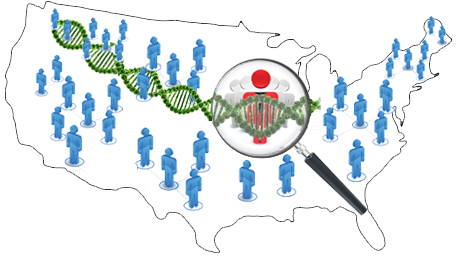
Population-based cancer surveillance provides a quantitative measurement of cancer occurrence in the United States and globally. Core activities of surveillance include measuring cancer incidence and characterizing each cancer with regard to histopathology, stage, and treatment in the context of survival. Cancer surveillance has been crucial in informing policy and practice, as well as clinical and Read More >
Posted on byA New Public Health Assessment of the Disease Burden of Hereditary Hemochromatosis: How Clinically Actionable is C282Y Homozygosity?
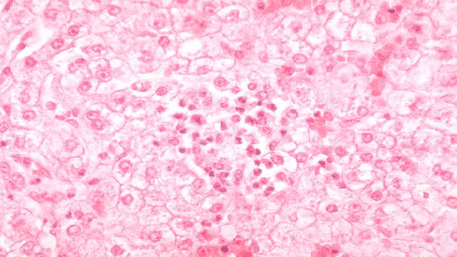
This blog post is based on a recent paper by Grosse, Gurrin, Bertalli, and Allen in Genetics in Medicine. Hereditary hemochromatosis (HH) attributable to mutations in the HFE gene is the most common autosomal recessive disorder among adults of northern European origin. It occurs in 1 in 300 non-Hispanic whites in the United States. Approximately Read More >
Posted on byAccelerating Evidence Generation to Fulfill the Promise of Genomic Medicine

This blog post is a summary of a recently published paper in Genetics in Medicine. Genomic tests should demonstrate analytical and clinical validity and clinical utility prior to wider adoption in clinical practice. However, clinical utility remains elusive for many such tests. A recent collaborative review of systematic reviews that compared the analytic and clinical Read More >
Posted on byCascade Screening for Familial Hypercholesterolemia in the United States: Public Health Impact and Challenges
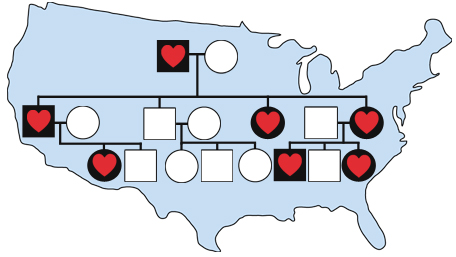
This post is a summary of our recently published paper in JAMA and outlines the public health impact and challenges for cascade screening for Familial Hypercholesterolemia (FH) in the United States. What is the public health impact of cascade screening for FH? FH is a dominantly-inherited genetic disorder affecting about 1 in 250 people and Read More >
Posted on byIs pharmacogenetic-guided treatment cost-effective? No one size fits all!

A recently published article by M. Verbelen and colleagues in The Pharmacogenomics Journal is called, “Cost-effectiveness of pharmacogenetic-guided treatment: are we there yet?” As Betteridge’s law of headlines states, any headline that ends in a question mark can be answered by the word No. Regrettably, although that article presents useful information, it ends up by Read More >
Posted on by 2 CommentsIntegrating Genomics into Public Health Surveillance: Ushering in a New Era of Precision Public Health
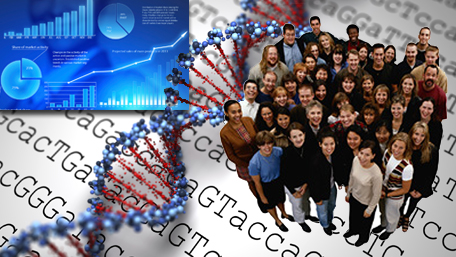
Public health surveillance has been defined as “the ongoing systematic collection, analysis, and interpretation of data, closely integrated with the dissemination of these data to the public health practitioners, clinicians, and policy makers responsible for preventing and controlling disease and injury.” Surveillance provides an essential scientific foundation for both clinical and public health practice. In Read More >
Posted on byWhole Genome Sequencing for All? The Quest for Evidence Continues

In 1999, Dr. Francis Collins predicted what the practice of genomic medicine in primary care may look like in 2010. He used a hypothetical patient named John, a 23-year-old man with high serum cholesterol. Based on his father’s history of early onset heart disease, John underwent a battery of genetic tests. He was found to Read More >
Posted on by 3 CommentsPrecision Public Health: Harnessing the Power of the Human Microbiome

The discovery of antibiotics by Sir Alexander Fleming in 1928 revolutionized medicine. However, antibiotics cannot differentiate between the beneficial bacteria that help keep us healthy and the pathogens that make us sick. Like a wildfire, antibiotics wipe out all bacteria. Consequently, we have been altering our microbiomes for almost a century, putting ourselves at risk Read More >
Posted on by 5 CommentsAre there any shortcuts on the translation highway to genomic medicine?
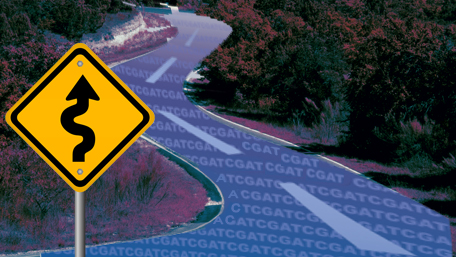
Note to our readers: A modified version of this blog post has been published in JAMA. Rapid advances in genomics have led to a new era of precision medicine, resulting in a dramatic increase in the number of genomic tests available for research and clinical practice. As of April 18, 2017, the Genetic Testing Registry, Read More >
Posted on by 1 CommentGenome Sequencing for Healthy Individuals? Think Big and Act Small!

In a 2013 blog post, we asked the question: “When should we all have our genomes sequenced?” At that time, we concluded that the time is not right and that “if we want to use whole genome sequencing in the course of regular preventive care and health promotion, research should be conducted to evaluate its Read More >
Posted on by

